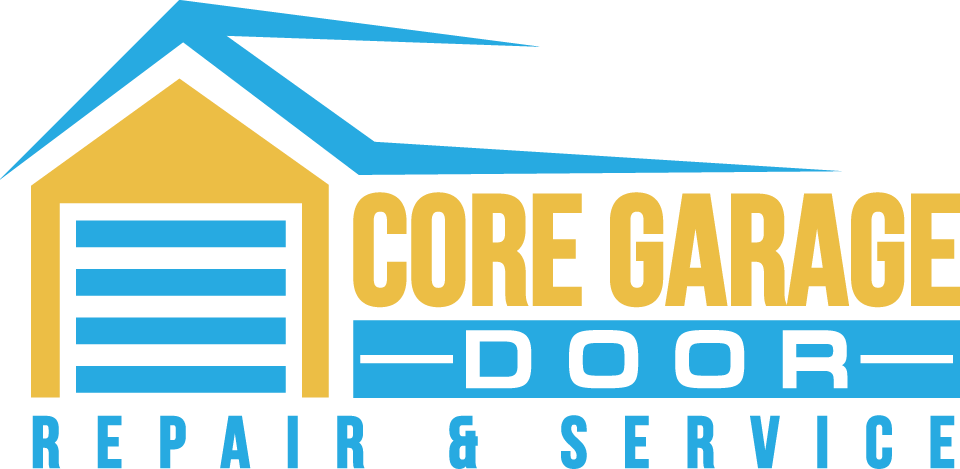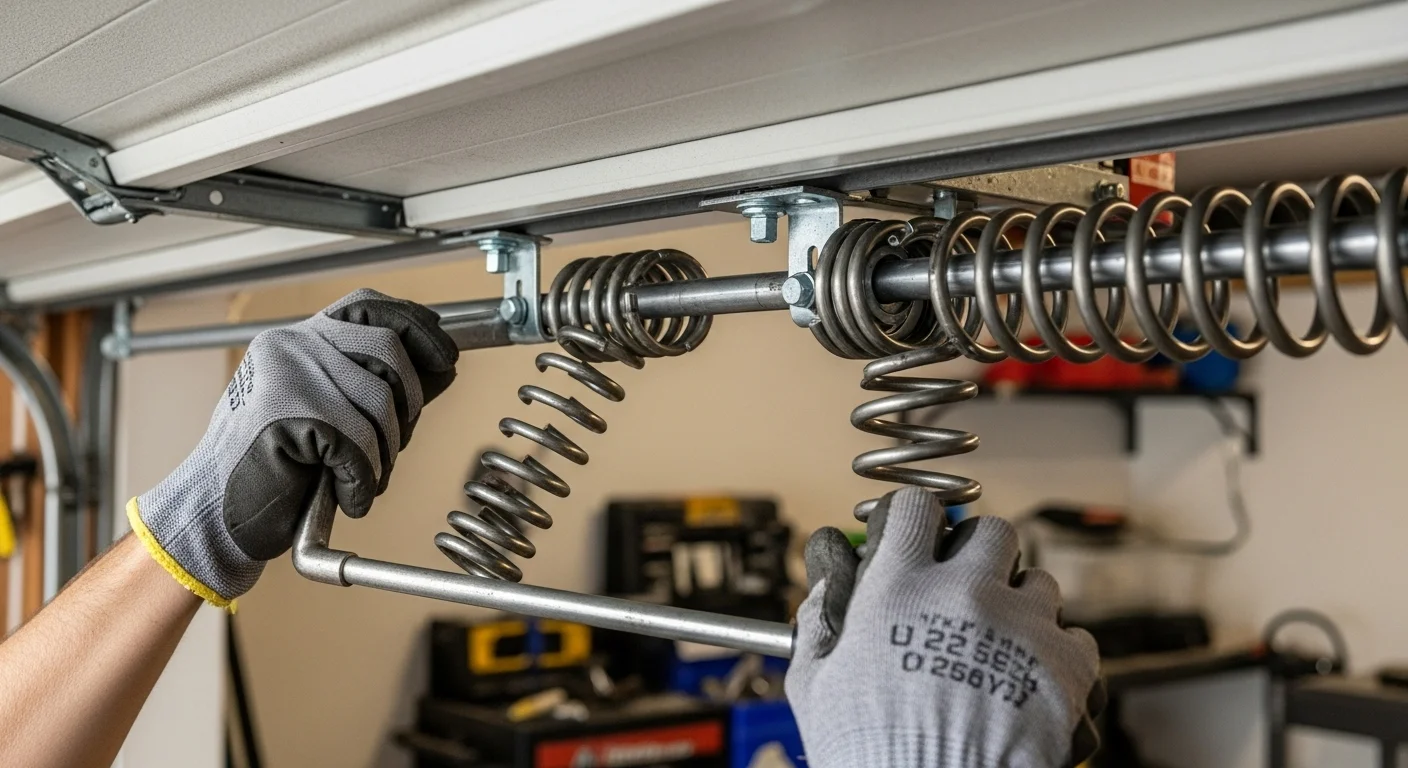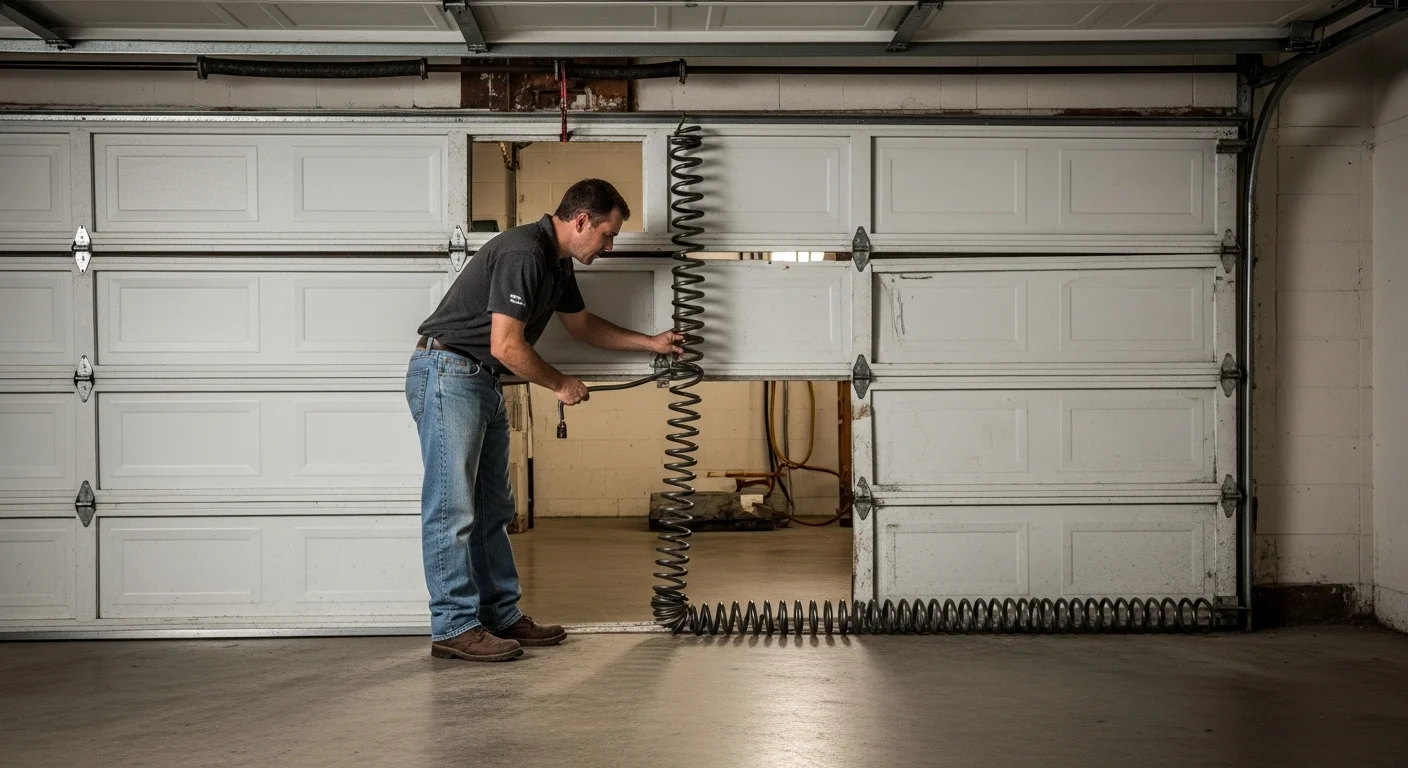The Complete Garage Door Safety Checklist for Homeowners
Your garage door is not just an entryway but also a barrier protecting your home and belongings. As a homeowner, ensuring the safety and security of your garage door is essential because a malfunctioning garage door can lead to accidents, injuries, or even security breaches. Remember, your garage door is the largest moving part of your home—treat it with the care it deserves, and it will serve you reliably for years.
Here, I am sharing a detailed checklist that will guide you through the major points of garage door safety to ensure that everything functions properly.
Inspect the Garage Door Lock and Handle

The first step in your safety checklist is ensuring your garage door lock and handle function correctly. A secure lock helps prevent unauthorized access to your home.
Make sure that your Clopay garage door lock engages smoothly and securely. It might be time to replace the lock if you notice any difficulty in locking or unlocking. A faulty lock can compromise the security of your garage, making it easier for intruders to break in.
The garage door handle should be sturdy and in good condition. A loose or wobbly handle can make opening or closing the door difficult, which could lead to accidents. You can tighten any loose screws or consider replacing the handle if it’s worn out.
Safety Tip: One pro tip is regularly lubricating the lock mechanism with lube to keep it functioning smoothly and prevent rust.
Evaluation of Springs, Cables, and Rollers

1. Springs
The torsion spring is one of the most basic and important components of your garage door system. It is responsible for counterbalancing the door’s weight, making it easy to open and close.
Check for any signs of wear, rust, or damage. If the spring looks worn or if you hear any unusual noises when the door operates, it may be time to replace it. Never attempt to adjust or replace the torsion spring independently, as it is under high tension and can cause serious injury if mishandled.
2. Cables
The safety cable runs through the torsion spring, providing additional security. If the spring breaks, the safety cable prevents it from snapping across the garage and causing damage or injury. It is your responsibility to ensure the cable is intact and not frayed or damaged. If you notice any wear and tear, replace the cable immediately.
3. Rollers
Garage door rollers allow the door to move smoothly along its tracks. Damaged or worn-out rollers can cause the door to become stuck or operate unevenly. Look for signs of wear, such as cracks or flattening. If the rollers are not functioning correctly, replace them for a smooth and safe operation.
Examine the Garage Door Opener and Sensors
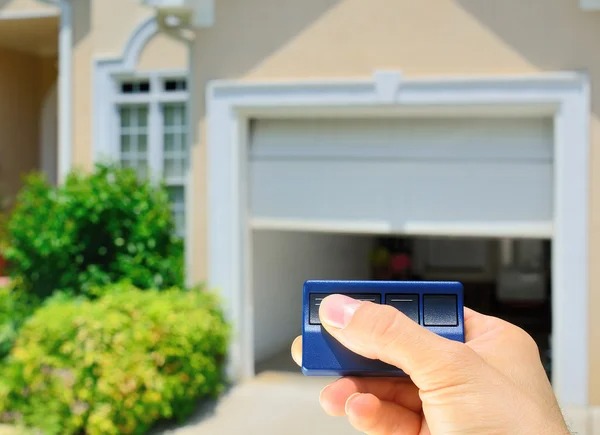
Garage Door Opener
The garage door opener is a mechanical device that controls the movement of your garage door using a motor. A malfunctioning opener can lead to safety hazards, such as the door closing unexpectedly.
- Test the Garage Door Opener: You must check that the opener operates smoothly and stops and reverses if it encounters an obstruction. Adjust the settings or consider replacing the garage door opener with a more secure model if the door doesn’t reverse.
- Check the Opener’s Emergency Release: This feature allows you to manually operate the garage door in case of a power outage or other emergency. Make sure the emergency release is easily accessible and functioning properly.
Garage Door Safety Sensors
Safety sensors are designed to detect obstacles in the door’s path and prevent the door from closing. This feature is especially important for preventing accidents involving children, pets, or objects.
Ensure the sensors are aligned correctly, and no obstructions are blocking them. Place an object in the door’s path and try to close it to test the sensors; the door should automatically reverse as soon as it detects the object.
Safety Tip: The bonus tip is that if your garage door opener is outdated or lacks safety sensors, consider upgrading to a modern model with essential safety features.
Check the Door’s Physical Condition
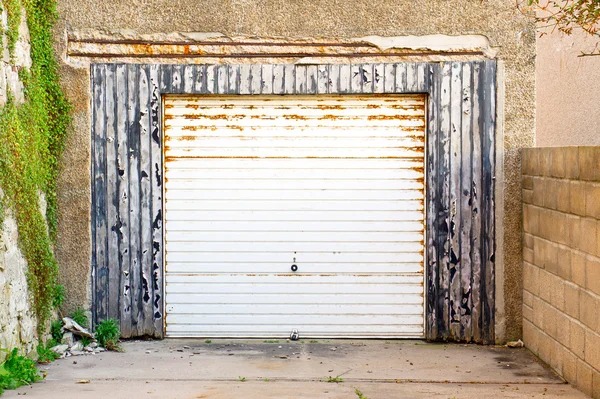
Garage Door Step Plate
The step plate, located at the bottom of the garage door, provides a secure place for you to step on when manually opening or closing the door. Ensure that the step plate is securely attached and not worn out. A damaged step plate can be a tripping hazard and may compromise the door’s stability.
Garage Door Panels and Hinges
The panels and hinges of your garage door are meant for its structural integrity. Hence, damaged or misaligned panels can affect the door’s operation and safety.
Check for any indications of damage, like dents, cracks, or warping. Damaged panels can compromise the door’s strength, making it more vulnerable to break-ins.
Ensure the hinges are in good condition and securely fastened. Loose or damaged hinges can cause the door to become misaligned, leading to operational issues.
Safety Tip: If you notice any damage to the panels or hinges, consider replacing them to maintain the door’s structural integrity.
Implement Additional Security Measures
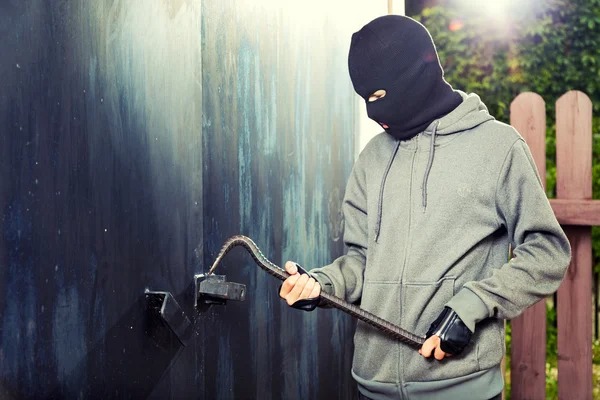
Most Secure Garage Door
Additional security measures can further protect your home even with a well-maintained garage door.
For added security, consider installing a Clopay garage door lock set that includes reinforced locks and handles. This upgrade can help prevent break-ins, giving you peace of mind.
Familiarize yourself with a Clopay garage door parts diagram to better understand your door components. Knowing the different parts and their functions can help you identify potential issues more effectively.
Safety Tip: Last but not least, consider installing a smart garage door opener that allows you to monitor and control your garage door remotely. This feature can alert you to any unauthorized access and give you more control over your home’s security.
Conclusion
Your garage door is a barrier that protects your home, your belongings, and your loved ones. By diligently following the garage door safety checklist, you’re not just ensuring that your garage door functions smoothly—you’re actively safeguarding your home’s security.
Don’t wait for a malfunction to remind you of the importance of garage door safety. Invest a little time in regular checks, and you’ll be rewarded with the confidence that your garage door is in top condition.
For more tips, products, and professional assistance, visit Core Garage Door and make sure your garage door is always at its best.
FAQs
How often should I inspect my garage door lock and handle?
Inspect your garage door lock and handle at least once every three months. Check for smooth operation and secure locking. Regularly lubricate the lock mechanism to prevent rust and ensure reliable functioning.
Why is it important to maintain garage door springs, cables, and rollers?
Maintaining springs, cables, and rollers is crucial for safe garage door operation. Damaged parts can cause the door to malfunction, leading to accidents or security risks. Regular checks help avoid unexpected issues.
How can I test the functionality of garage door safety sensors?
To test safety sensors, place an object in the door’s path and try closing it. The door should reverse immediately upon detecting the obstruction. Regularly ensure sensors are aligned and unobstructed for optimal safety.
What additional security measures can I take for my garage door?
Install a smart garage door opener for remote monitoring and control. Reinforced locks and handles can further prevent break-ins. Consider upgrading to a modern opener with safety sensors for enhanced security.
How do I check the physical condition of my garage door?
Inspect the door’s step plate, panels, and hinges for any damage, such as dents or loose hinges. Ensure all components are securely fastened to prevent accidents and maintain structural integrity.
